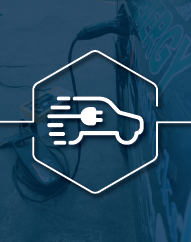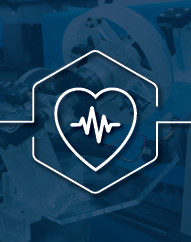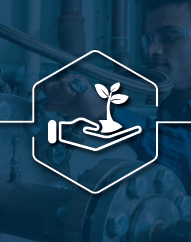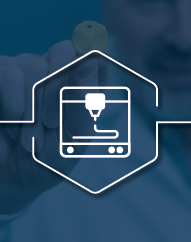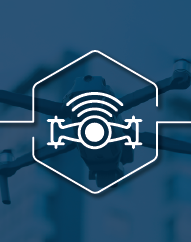Georgia Tech Researchers Create a Low-Emission, Fuel-Flexible Combustion System
This new combustor uses carbon-free fuels that will power planes and heat buildings.
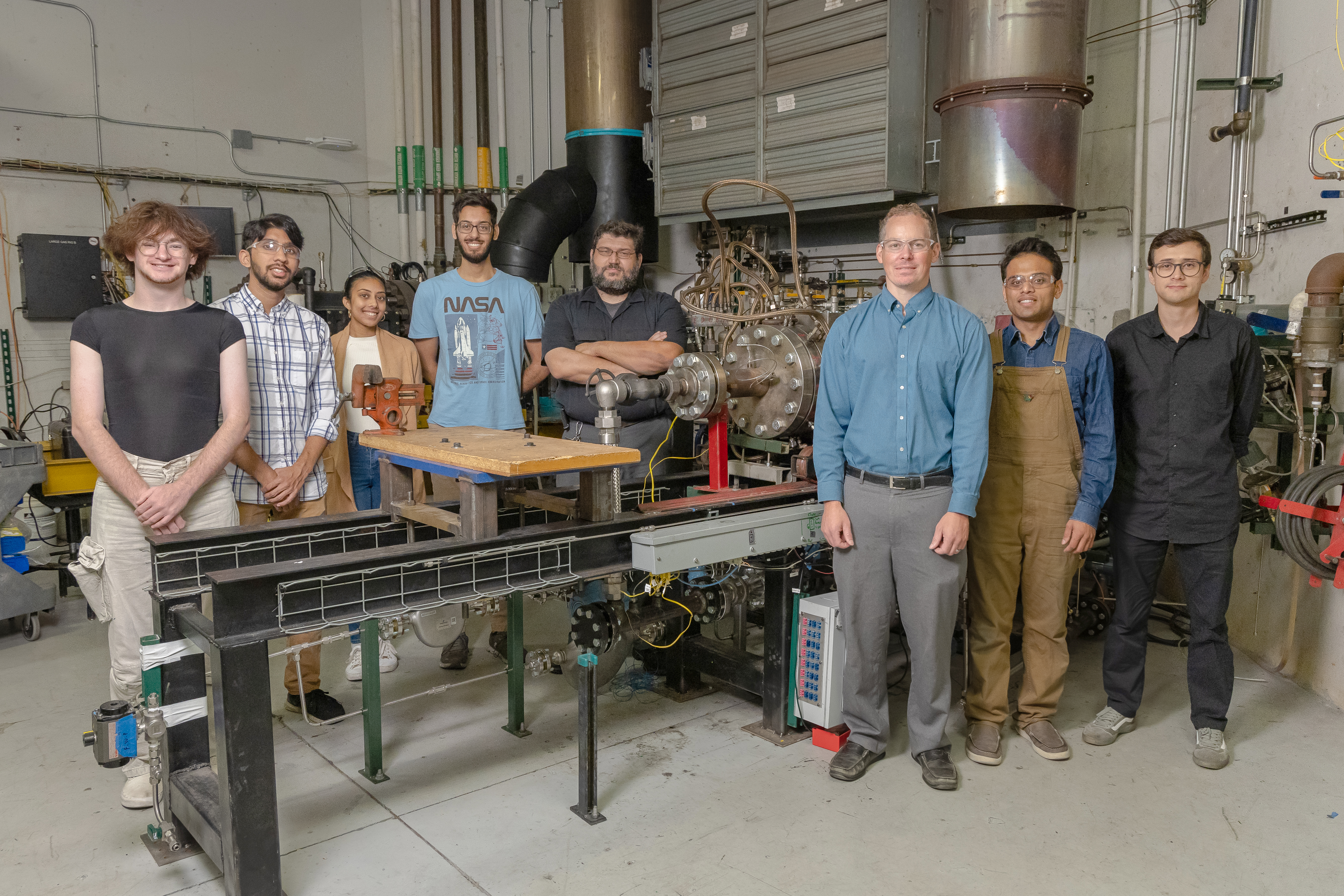
Researchers at the Ben T. Zinn Combustion Lab (left to right): George Widmer, Srujan Gubbi, Ruhani Prasad, Ishan Gupta, Maksim Kvetny, Benjamin Emerson, Shivam Patel, Cristian D. Avila Jimenez.
“There are a lot of people out there who assume the need for combustion will go away as our society decarbonizes,” said Ben Emerson, a principal research engineer in Georgia Tech’s Daniel Guggenheim School of Aerospace Engineering.
Combustion is a chemical process in which fuel reacts with oxygen to produce energy (or heat). Combustors make the world run. From powering jets to heating houses, they are vital to everyday life and responsible for 95% of the world’s energy. But current combustors still run mostly on carbon-based fuels and emit a troubling amount of carbon dioxide.
Fast forward to 2050: In the decarbonized world of the future, most of our energy will come from renewable sources — but the way we move that energy around and store it will come from a mix of technologies. Energy analysts expect that electricity will be responsible for moving roughly 50% of that energy and the other half will still come from fuel to meet net-zero carbon emission goals. Yet, many of these fuels, such as hydrogen, ammonia, or sustainable aviation fuels, will be manufactured rather than derived from fossil energy sources.
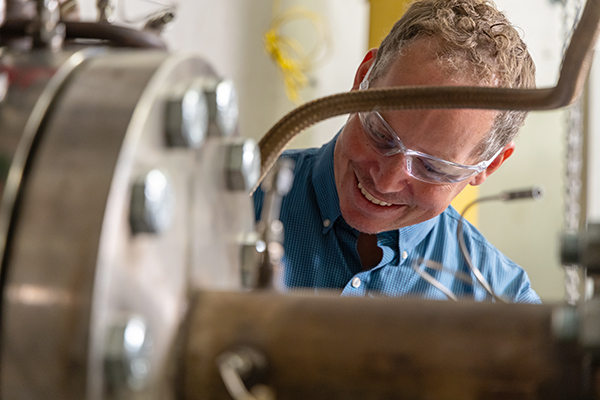
Benjamin Emerson inspects a high-pressure combustion test rig.
“These zero-carbon fuels provide energy density, they’re easy to move, and there are trillions of dollars of existing infrastructure in production and transportation,” explained Tim Lieuwen, interim executive vice president for Research, Regents’ Professor, and David S. Lewis Jr. Chair in the Guggenheim School.
These sustainable fuels have their own issues, though. The power plant or aircraft engine must still operate efficiently even with alternative fuels. While they might not cause carbon dioxide emissions, any device that uses air (which is composed of nitrogen, N2, and oxygen, O2) without proper engineering can still release harmful gases like nitric oxide (NOx). Keeping any type of harmful gas emissions low is part of attaining net-zero emissions. And while modern combustion technology is already built to reduce emissions, it also often makes these systems less accommodating to diverse fuel types.
“As we’ve dramatically decreased pollutant emissions, we've essentially made these systems pickier,” Lieuwen said. “It's like moving from an old truck to a super sporty race car. You can’t just put any fuel in a highly optimized racing engine.”
 Current low-NOx technologies premix air and fuel before they enter the combustion chamber, which enables the fuel to be clean, low-emission, and low-particulate. But this premixed solution is not hazard-free; it can ignite at the wrong time or in the wrong environment, leading to catastrophic consequences.
Current low-NOx technologies premix air and fuel before they enter the combustion chamber, which enables the fuel to be clean, low-emission, and low-particulate. But this premixed solution is not hazard-free; it can ignite at the wrong time or in the wrong environment, leading to catastrophic consequences.
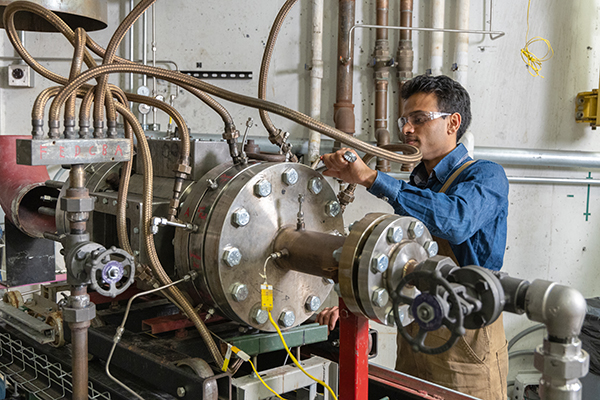
Shivam Patel installs an igniter on a high pressure combustion test rig.
Lieuwen and his research group are developing a new type of all-purpose combustor that can use any type of fuel while still maintaining low emission standards. Their non-premixed, rich, relaxation, lean (NRRL) combustor works just as well as current mixed-fuel type combustors — but without instability.
This non-premixed technology keeps the fuel and oxygen separate the entire time and dramatically expands the tolerance for a variety of fuels.
To determine if the technology works under various real-world conditions, like changing temperatures and elevations, the researchers are currently developing a prototype NRRL combustor. They will fabricate the combustor on campus, and then test and analyze the data.
The technology is promising: NASA is funding the work, and the researchers have already applied for a patent. They are contributing to a significant reimagining of our energy systems for a carbon-zero future and envisioning the potential use of this combustor in aviation or even space travel.
Writer and Media Contact: Tess Malone | tess.malone@gatech.edu
Photos: Christopher McKenney
Design: Josie Giles
Series Design: Stephanie Stephens
About Georgia Tech Commercialization
Georgia Tech Commercialization provides a foundation for faculty seeking to translate the Institute's leading-edge research into real-world applications. Commercialization encompasses four pivotal units: CREATE-X, VentureLab, Quadrant-i, and Technology Licensing. These units empower students and faculty to launch startups, provide comprehensive commercialization support, manage intellectual property, and facilitate the transformation of research into viable businesses. The Office of Commercialization’s mission is to provide world-class commercialization services, catalyzing research and innovation to improve the human condition, and enhancing Georgia Tech's position as a leader in technology and entrepreneurial impact.
Paradigm Shifters Series
New Smart Charger May Pave the Way for More EVs
The revolutionary system allows for cheaper, carbon-free charging and aims to reduce the burden on the electric grid as more EVs enter the roadway.
World’s Smallest Robotic Guidewire Improves Surgical Precision
The robot is a groundbreaking surgical device that helps doctors navigate blood vessels with precision during procedures like angioplasty.
Researchers Create a Low-Emission, Fuel-Flexible Combustion System
This new combustor uses carbon-free fuels that will power planes and heat buildings.
New Wearable Device Monitors Joint Pain
Arthroba enables everyday people and their doctors to follow their joint health in real time.
New Implant May Help Patients Regenerate Their Own Heart Valves
Georgia Tech researchers have developed a groundbreaking 3D-printed, bioresorbable heart valve that promotes tissue regeneration.
Researchers Build Stable Solar Panel Without Silicon
Solar power as an electricity source is growing in the U.S., but scientists are still trying to make the solar panel production process more efficient.
Startup Targets Building Energy Inefficiencies With AI and Drones
Lamarr.AI uses drones, AI, and thermal imaging to identify energy inefficiencies in buildings, offering a faster, safer, and more accurate solution.
This Pacifier Could Monitor Babies’ Vitals in the NICU
The baby-friendly device measures electrolyte levels in real time, eliminating the need for repeated, painful blood draws.
This Small Sensor Could Make Huge Impacts on Brain Injury Treatment
Researchers develop a tinier sensor for less invasive intracranial monitoring.

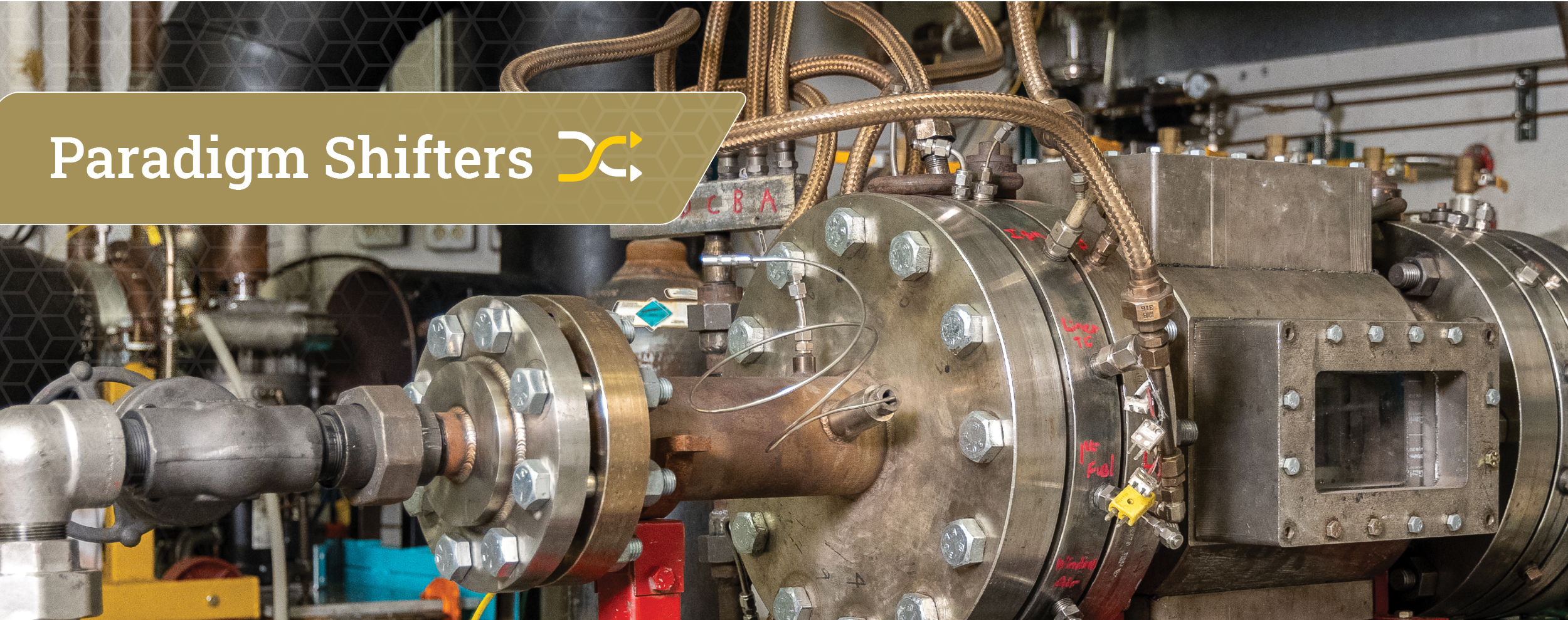
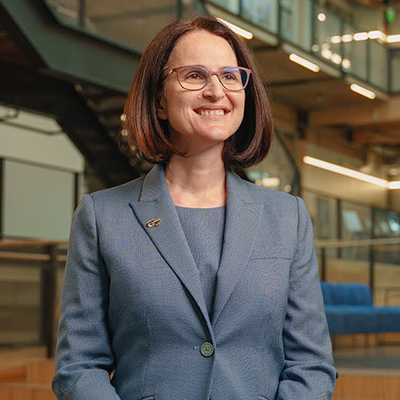 Driving Change: Scheller Business Insights: Achieving Net Zero Featuring Beril Toktay
Driving Change: Scheller Business Insights: Achieving Net Zero Featuring Beril Toktay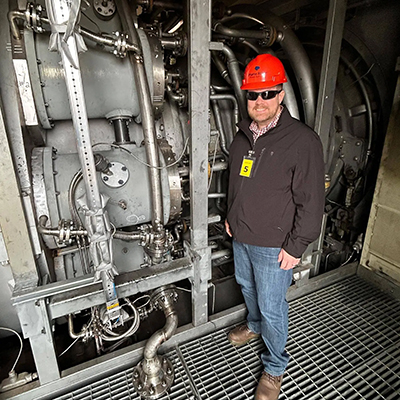 Exploring Alternative Fuels for a Cleaner Tomorrow
Exploring Alternative Fuels for a Cleaner Tomorrow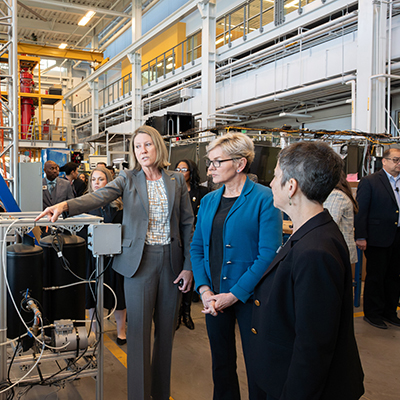 Clearing the Air: Georgia Tech Takes Leading Role in Scrubbing the Atmosphere
Clearing the Air: Georgia Tech Takes Leading Role in Scrubbing the Atmosphere